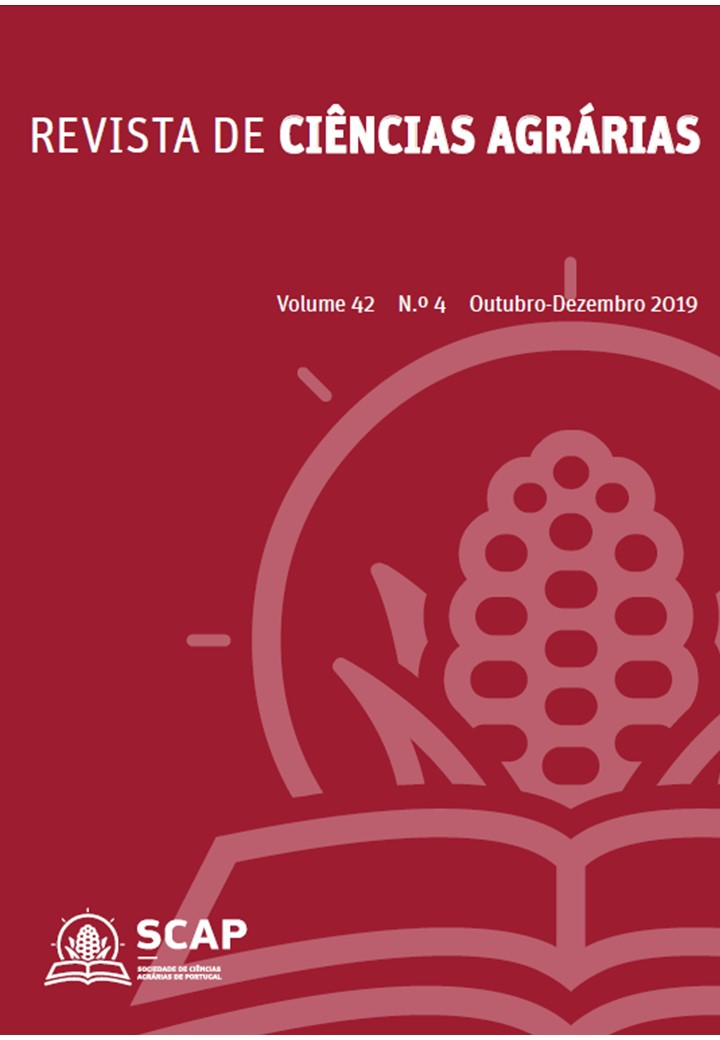Qualidade sanitária e fisiológica de sementes de soja (Glycine max (L.) Merrill) tratadas com peróxido de hidrogénio
DOI:
https://doi.org/10.19084/rca.18232Abstract
Fungi are the main microorganisms associated with soybean seeds (Glycine max L.), which can cause pathologies both in the field phase, as well as post-harvest and during storage. Hydrogen peroxide (H2O2) is an efficient oxidant with proven antimicrobial activity against phytopathogenic agents, mainly associated with seeds. The objective of this study was to evaluate the influence of hydrogen peroxide on the sanitary and physiological quality of soybean seeds. The seeds used were from the cultivar FTS ATHENA RR, which were submitted to the following treatments: control (untreated seeds); commercial fungicide (dicarboximide) and treatments with hydrogen peroxide at concentrations of 0.5; 1.0; 1.5; 2.0; 4.0; 6.0; 8.0 and 10.0% for five minutes of immersion. After the treatments, the seeds were submitted to sanitary and emergency tests in a completely randomized experimental design. Treatment with hydrogen peroxide at concentrations of 2.0; 4.0; 6.0; 8.0 and 10.0% provided an efficient reduction in the incidence of mycoflora associated with seeds (Aspergillus niger, Aspergillus flavus, Penicillium sp., Fusarium sp., Colletotrichum sp., Cercospora sp. and Rhizoctonia sp.) and positively influenced the emergence and the initial growth of soybean seedlings.


